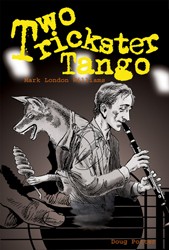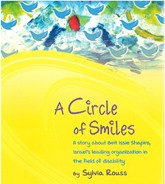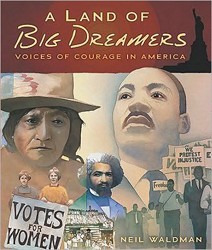Seldom do authors write about themes that are central to Judaism in young adult science fiction. However, this series is an exception. Using time travel as a vehicle, the author illustrates how one person’s deeds can change the world. In this book, the main characters fight evil and try to correct the mistakes of history.
The author takes us on an adventure where the three main characters — Eli, Thea and Clyne — time travel to 583 BCE. At the start of the book, they are all in jail because the government thinks they are spies. However, when Thea contracts slow pox and the disease endangers the entire populace, the government lets Eli and Thea time travel to Jerusalem (where the disease originated) to find a cure.
In addition to a slow pox outbreak, Jerusalem is experiencing great upheaval during this period. The city and the Temple have been destroyed and the people are bereft, fearful, and angry. The story focuses on the ways in which the main characters address these problems and cope with Thea’s disease. In addition to the exciting plot, the author uses many other science fiction devices that young people will enjoy. They will watch the characters simultaneously translate languages that are not their own and experience creative ways to time travel. Additionally, students will see the negatives of traveling through time — loss of friends, loss of family, loss of home. Not only does this book show how peoples’ actions can be transformative, but it also lets a young reader learn about history in a dramatic and exciting way. For ages 10 – 13.





